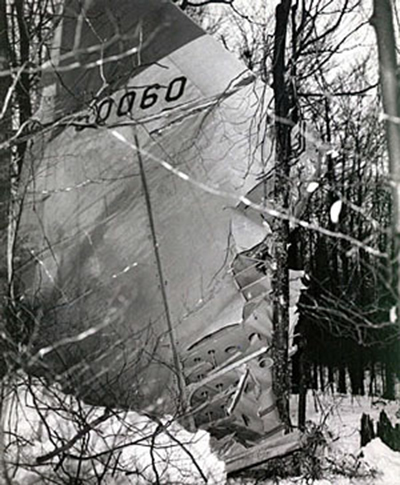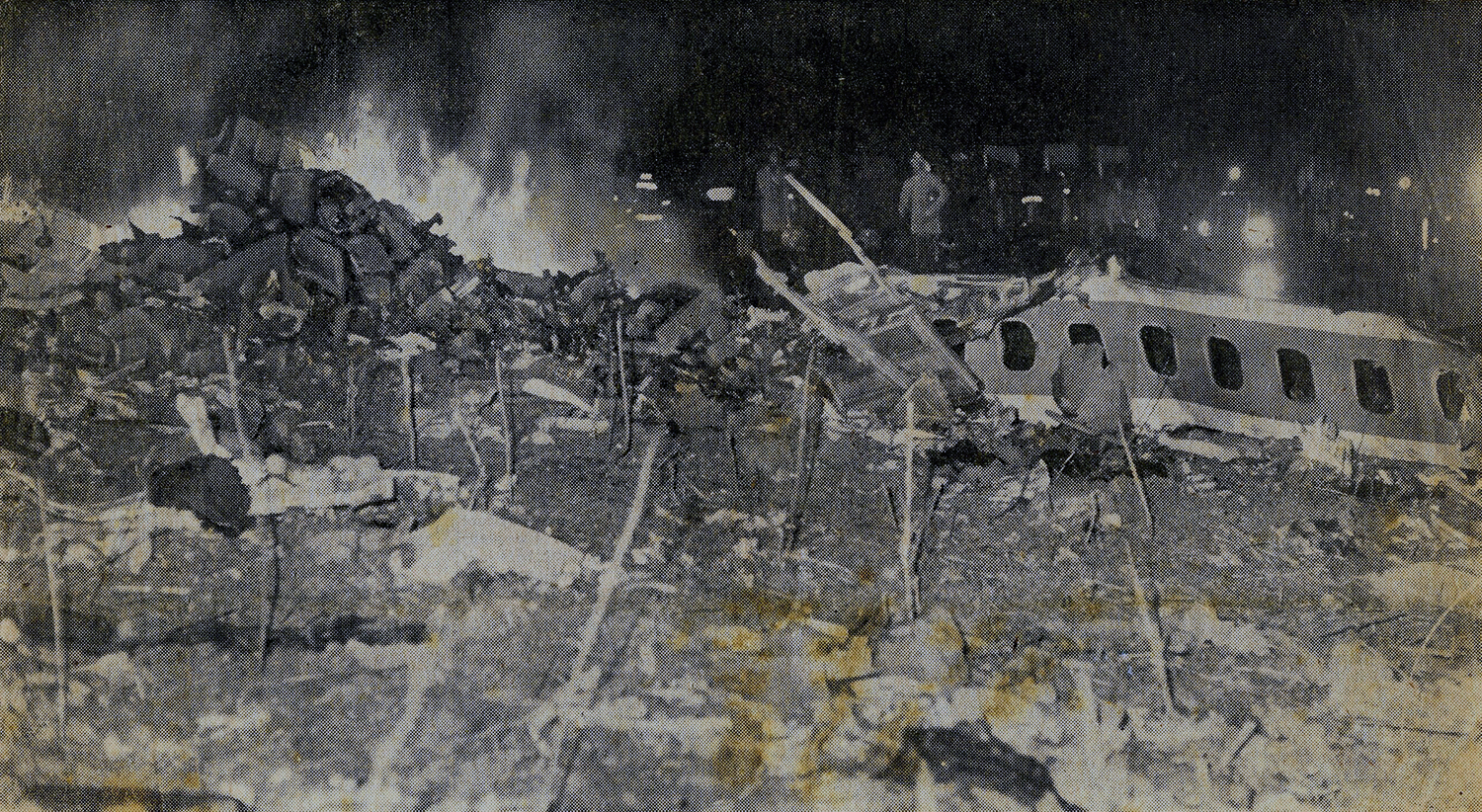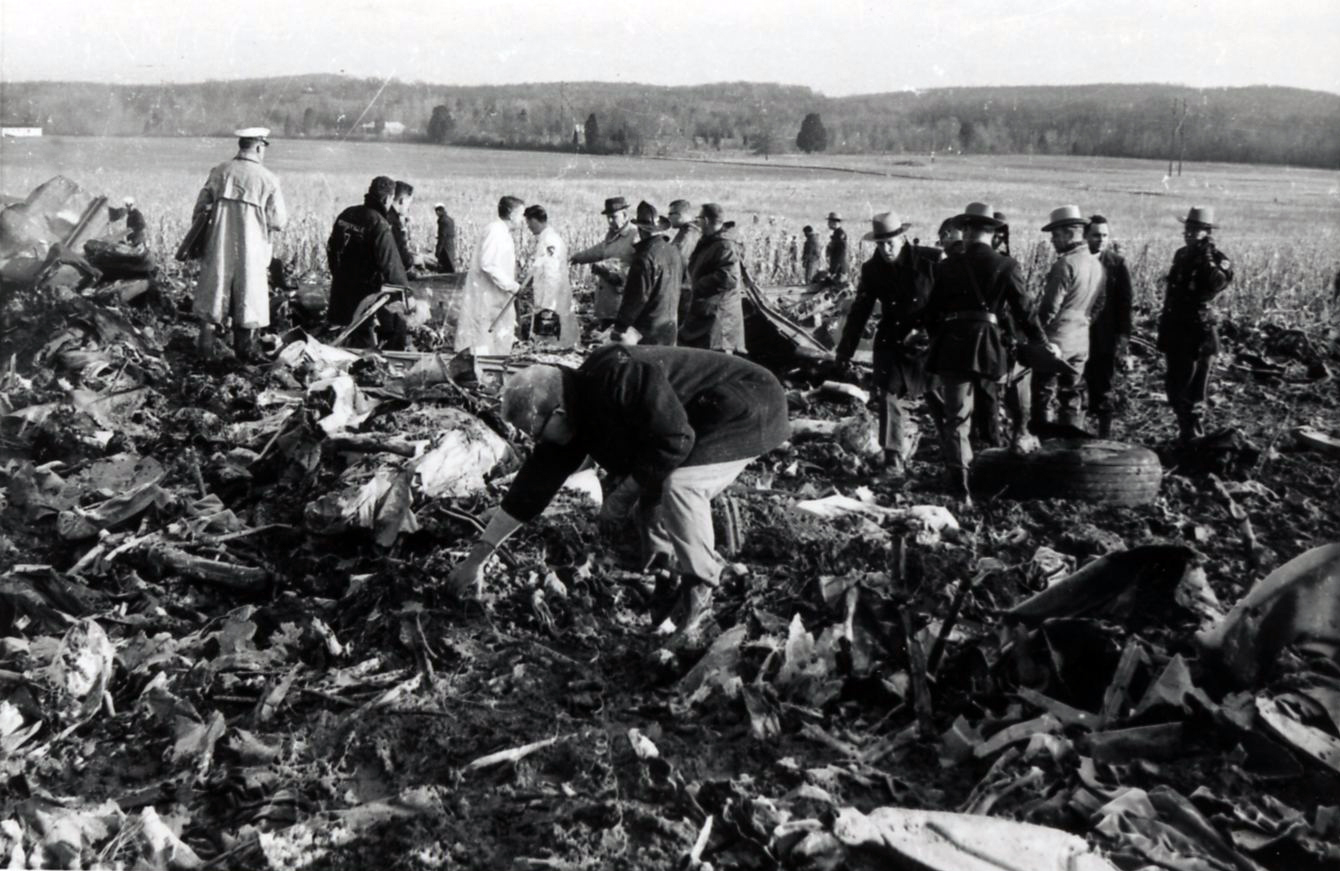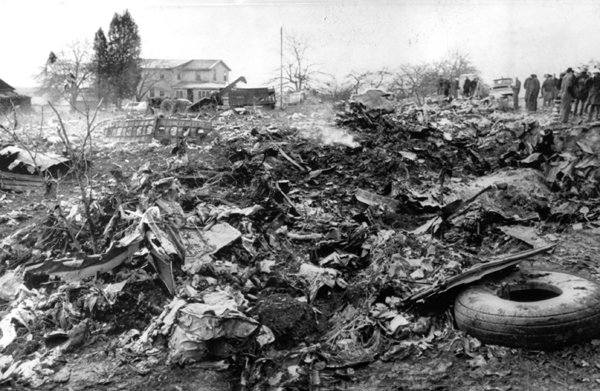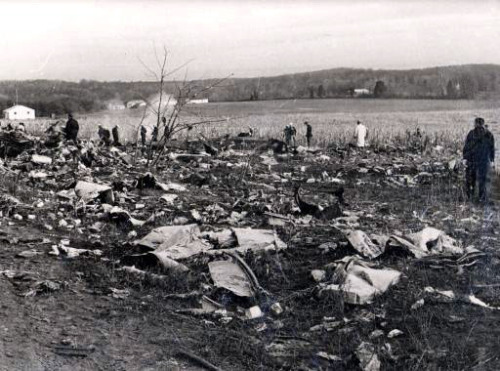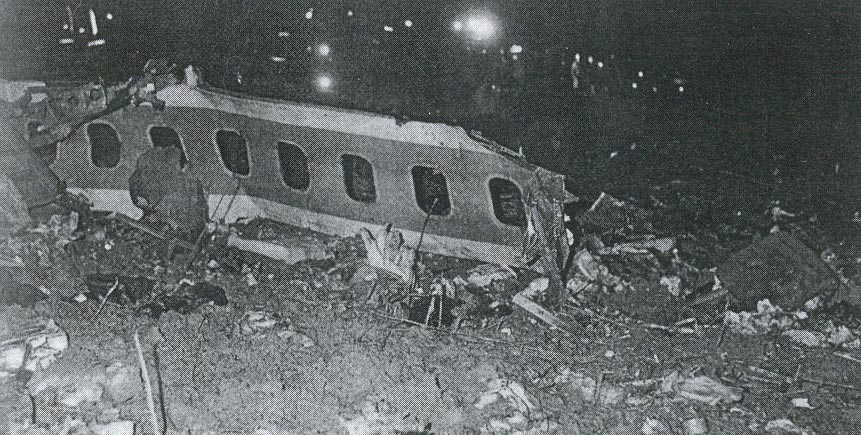Crash of a Boeing B-52B-10-BO Stratofortress in Tranquility
Date & Time:
Feb 7, 1964 at 1900 LT
Registration:
52-0009
Survivors:
Yes
Schedule:
Castle - Castle
MSN:
16500
YOM:
1952
Crew on board:
7
Crew fatalities:
Pax on board:
0
Pax fatalities:
Other fatalities:
Total fatalities:
0
Circumstances:
The crew was engaged in a mission from Castle AFB and while in cruising altitude, a fire erupted in the hydraulic system. All seven crew members ejected and abandoned the aircraft that dove into the ground and crashed in a rice field located in Tranquility. All seven crew members were found alive while the aircraft was destroyed.
Probable cause:
In-flight fire in the hydraulic system.





